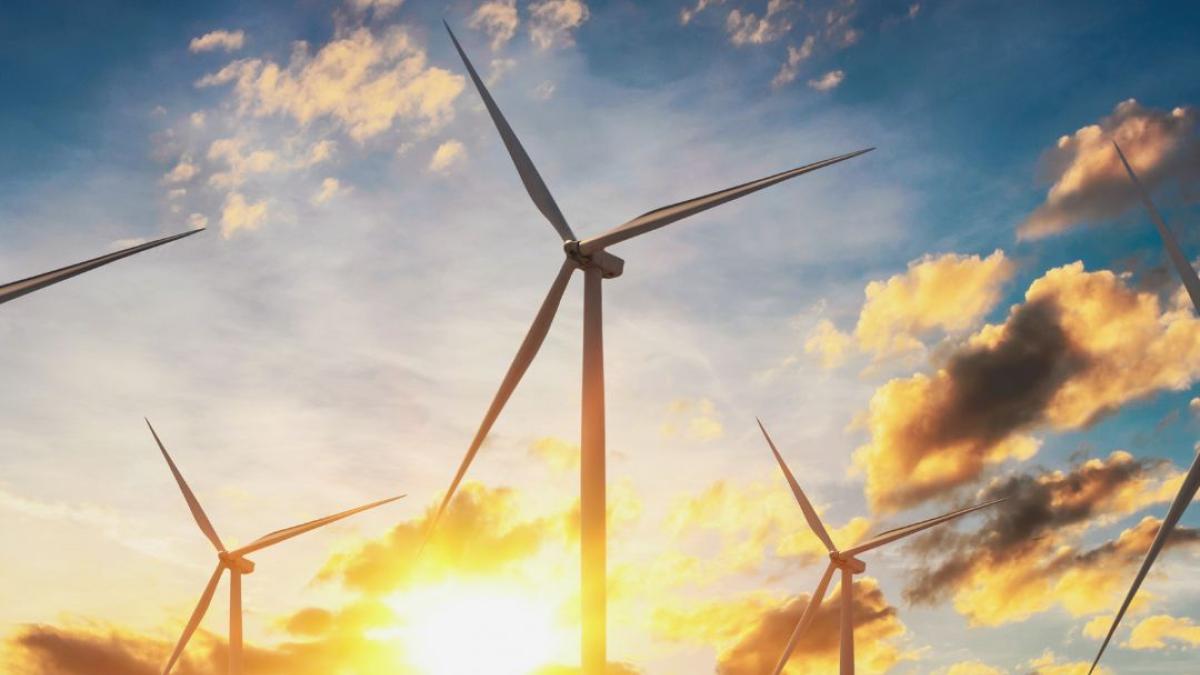Energy and Environment

Addressing Climate Change
Combating the existential threat of climate change is one of the foremost challenges of our time. As we witness heightened incidents of extreme weather events across the nation and around the world, it is incumbent on Congress to support policies that reduce the impacts of climate change.
In the 117th Congress, I voted for legislation that invests in initiatives to reduce harmful air pollutants and greenhouse gases and move us closer to achieving a clean energy economy that works for everyone.
That includes the Inflation Reduction Act, the largest piece of climate legislation in American history. In addition to reducing carbon dioxide emissions, the IRA is anticipated to lower forms of fossil fuel pollution, such as sulfur dioxide, which are extremely dangerous to human health.
According to White House estimates, the IRA will make it more affordable for families to purchase energy-efficient appliances by covering 50-100% of installation costs. In Ohio, millions of low- and moderate-income households are eligible for these rebates.
The IRA also includes tax credits that will cover 30% of installation costs for solar panels and battery storage systems, energy-efficient home improvements, and more. Specifically for solar, the White House estimates that over 90,000 additional Ohio households will install rooftop panels as a result.
Ohio is further empowered to address climate change and reduce harmful pollution through investments from the Bipartisan Infrastructure Law (BIL). The BIL’s new Carbon Reduction Program aims to reduce commute times, increase transit access, and advance justice in our communities.
Environmental Justice
Climate change is a public health crisis that disproportionately impacts marginalized communities. As the climate crisis intensifies, so does the public health crisis borne from it: including increased respiratory disease and extreme weather deaths–with marginalized communities particularly vulnerable.
That's why taking action on environmental injustices is non-negotiable. We must be relentless in addressing decades of environmental injustice and fight for funding to address climate-related health consequences–especially in underserved communities.
Through the Bipartisan Infrastructure Law (BIL), Ohio will receive over $131 million to address legacy pollution. This investment is a significant step forward in addressing environmental injustices that disproportionately impact the health, welfare, and economic prosperity of communities of color.
The Inflation Reduction Act (IRA) builds on the Bipartisan Infrastructure Law by advancing President Biden’s Justice40 Initiative, which commits to delivering 40% of the benefits of clean energy, climate change, and related federal investments to communities underserved with infrastructure and overburdened by pollution.
Every American has the right to live in clean and environmentally safe communities. While the BIL included crucial steps toward addressing environmental injustices, there is still much work to be done. I will continue to support initiatives that work to right the wrongs of decades of environmental injustices.
Protecting Our Great Lakes
Our beautiful Great Lakes are critical to Northeast Ohio’s economy and enjoyment of life through much needed leisurely activities. We must continue to protect our great lakes by supporting bipartisan efforts like the Infrastructure Investment and Jobs Act. This legislation has delivered grants from the Environmental Protection Agency (EPA) to invest $1 billion into our Great Lakes. As a result of this investment, some of the region's most environmentally degraded sites will receive long-deserved funds to aid in critical Great Lakes restoration initiatives.
In order to ensure that our children can enjoy the beauty and majesty of Northeast Ohio, we need to deliver on transformative climate initiatives that prioritize the health and well-being of our communities. As a member of the Great Lakes Task Force, I remain committed to protecting our beautiful lakes and preserving them for generations to come.
Securing a Clean Energy Economy
Ohio’s Eleventh Congressional District has the potential to lead the country in the clean energy transition by investing in energy grid modernization to tackle the climate crisis and ensure a thriving clean energy economy. Through climate-forward legislation, we can make that potential a reality.
As a result of the Inflation Reduction Act (IRA), we will strengthen American energy security, continue to reduce kitchen table costs, and put our best foot forward to address the climate crisis. The Inflation Reduction Act (IRA) uses a multi-pronged approach to achieve a clean energy economy: tax incentives, consumer rebates, and reducing carbon dioxide emissions.
IRA tax incentives can generate 5x as much utility-scale solar and 2x as much wind as in 2020, according to Princeton. These credits give utility companies a chance to participate effectively in the clean energy transition and help pave the way for our country to achieve a clean energy economy.
The IRA will make it easier–and cheaper–to purchase an electric vehicle (EV), with upfront discounts of up to $7,500 for new EVs and $4,000 for used EVs. Thanks to the IRA, millions of Ohioans will be eligible to skip the gas pump and save on fuel costs from these discounts.
Additionally, the IRA also offers consumer rebates that cover 50-100% of installation costs for new electric appliances, including super-efficient heat pumps, water heaters, clothes dryers, stoves, and ovens. Millions of low- and moderate-income households in Ohio are eligible for these rebates.
Through the Inflation Reduction Act, coupled with the Bipartisan Infrastructure Law and other actions, the Department of Energy (DOE) predicts that by 2030, the United States will reduce greenhouse gas emissions by 40% – below 2005 levels. As a result of the clean energy provisions in the Inflation Reduction Act and the Bipartisan Infrastructure Law, the DOE also estimates that emissions in 2030 could be reduced by more than 1,000 million tons of CO2, equivalent to the total annual emissions from every American home.
Locally, I support Cuyahoga County’s new microgrid deployment initiative, which will make Cleveland's electrical systems more resilient and reliable. My commitment is always to ensure continued climate progress and ending polluters' attacks on clean energy initiatives.







